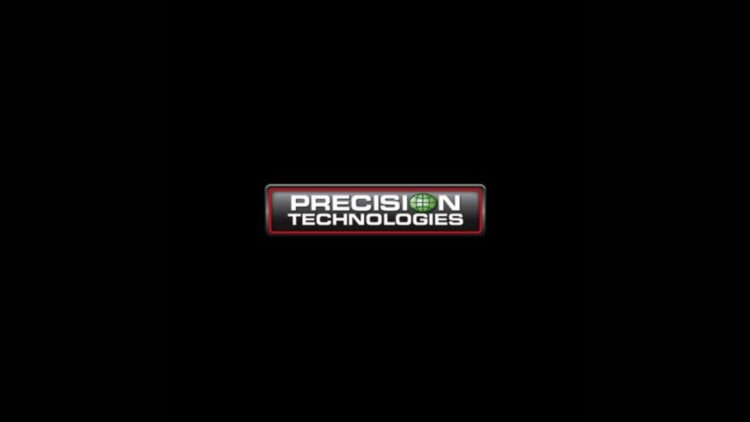In precision machining, the success of EDM (Electrical Discharge Machining) electrode manufacturing depends largely on one tool: the graphite machine. For industries like aerospace, automotive, and medical components, precision isn’t a luxury—it’s a requirement. A poor-quality electrode can cost thousands in downtime and rejected parts.
That’s why choosing the right graphite machine isn’t just a purchase—it’s a strategic decision. Let’s dive into why this machine is essential and how it directly influences your electrode performance and production efficiency.
What Is a Graphite Machine—and Why Does It Matter?
A graphite machine is a CNC-controlled equipment built specifically to mill, drill, or shape graphite blocks into electrodes used for EDM. Unlike general-purpose CNC mills, graphite machines are optimized for:
- Dust containment and extraction
Graphite is soft and dusty. Without proper containment, the fine particles can clog electronics or contaminate your workspace. - High spindle speeds and precision
These machines run with tight tolerances and high-speed spindles ideal for contouring complex electrode geometries. - Vibration-dampening frame design
Graphite is brittle. Even slight vibration can cause edge chipping or reduce surface quality.
If you’re in the business of EDM, you already know: even a tiny error in electrode dimensions can lead to serious defects in your final product. That’s where a dedicated graphite machine makes a difference.
Graphite Machines vs General CNC Mills: Not Interchangeable
Let’s be clear—using a general-purpose CNC to machine graphite is a mistake.
Here’s why:
- Tool wear increases significantly
General machines aren’t equipped with effective dust evacuation, which leads to tool clogging and faster degradation. - Lower accuracy and poor finishes
EDM electrodes require smooth finishes and micron-level accuracy. Most standard machines can’t deliver this consistently. - Frequent downtime
Graphite dust accumulates in the machine bed and electronics, resulting in costly maintenance and longer downtimes.
A graphite machine built for the job solves all these issues upfront.
Key Features That Define the Right Graphite Machine
When evaluating options for a new graphite machine, don’t just look at specs—consider real-world performance factors that directly affect productivity and output quality.
Dedicated Dust Extraction System
Prevents cross-contamination, extends tool life, and keeps the machine running clean and cool.
Thermal Stability and Rigid Structure
Keeps tolerance tight, even during long production runs. Look for cast-iron frames or polymer concrete beds.
High-Speed Spindle with Dust Seals
Graphite requires light passes at high speeds. Spindles should be sealed to prevent fine dust from entering the bearings.
CNC Control with Precise Path Compensation
This helps you maintain exact dimensions even on complex 3D electrode shapes.
Automation Compatibility
A growing number of shops integrate robotics and pallet changers. The right graphite machine should support this from the start.
Where the Hobbing Machine Comes Into Play
While hobbing and EDM may seem unrelated, some toolmakers run both operations under the same roof. A hobbing machine, which is used to cut gear teeth, also requires extreme precision and fine finish, especially when producing tools used for injection molding or transmission parts.
Here’s the connection:
- Both machines demand tight tolerances
- Both must work with tough or brittle materials
- Tooling wear and surface finish are critical
Shops that use both machines often need shared dust control systems, high-rigidity beds, and CNC interfaces with custom macros. So, when you choose a graphite machine, think about how it integrates into a broader precision workflow, including your hobbing machine setups.
Industries That Rely on Graphite Electrode Precision
Still wondering why this matters? Take a look at these industries that rely on flawless EDM electrodes:
- Aerospace: Impellers, turbine blades, and cooling channels require exact specs.
- Medical: Small molds for surgical tools must be mirror-finished.
- Automotive: Transmission and engine mold cavities depend on electrode integrity.
- Consumer Electronics: Micro-features in connectors need smooth, sharp electrode edges.
Without the right graphite machine, you risk inconsistent results, excessive tool changes, and customer dissatisfaction.
Final Thoughts: It’s a Long-Term Investment
A high-end graphite machine may cost more upfront, but it pays back over time through:
- Lower tool replacement costs
- Reduced operator maintenance
- Higher part accuracy
- Shorter EDM cycle times
And remember, when paired with your hobbing machine, you’re creating a shop floor built for next-gen precision.
Conclusion
Choosing the right graphite machine isn’t just about matching specs. It’s about ensuring your EDM electrodes are precise, durable, and consistently high-performing. In industries where microns matter, machine quality directly affects the bottom line. Whether you’re scaling operations or refining your current process, this decision will shape your production quality for years to come.
5 FAQs
1. What makes a graphite machine different from a regular CNC mill?
A graphite machine is specifically engineered for machining graphite, with features like sealed high-speed spindles, dust containment systems, and rigid thermal-stable frames. Unlike general CNC mills, it prevents dust contamination, reduces tool wear, and delivers the precision needed for EDM electrode manufacturing.
2. Why is dust control so important in graphite machining?
Graphite dust is fine, abrasive, and electrically conductive. Without a dedicated dust extraction system, it can damage electronic components, clog tools, and contaminate nearby machines. Proper dust management extends tool life, protects machine integrity, and ensures safe shop operations.
3. Can you use a regular CNC machine to make EDM electrodes?
Technically, yes, but it’s not ideal. General CNC machines lack the spindle sealing, vibration control, and dust handling needed for graphite. This leads to faster tool wear, poor surface finishes, and potential machine damage. A graphite machine is essential for consistent, high-quality EDM electrode production.
4. What features should I look for in a graphite machining center?
Look for:
- High-speed, sealed spindles
- Rigid thermal-stable frames (cast iron or polymer concrete)
- Integrated dust extraction systems
- CNC controls with accurate path compensation
- Automation-ready design
These features ensure precision, cleanliness, and scalability in production.
5. How does a graphite machine improve EDM electrode performance?
A quality graphite machine ensures that electrodes are machined with micron-level accuracy, smooth surface finishes, and consistent geometries. This results in better spark efficiency, reduced EDM cycle times, and fewer electrode replacements—directly improving final part quality and productivity.















